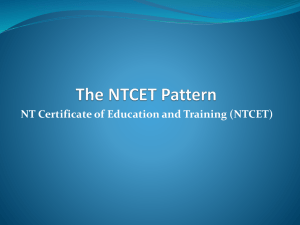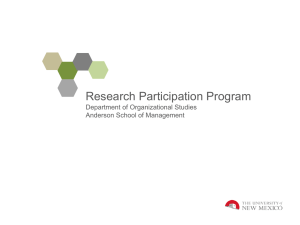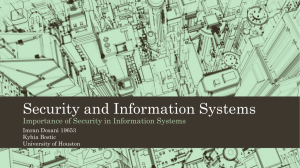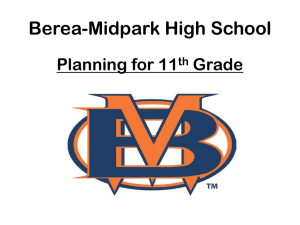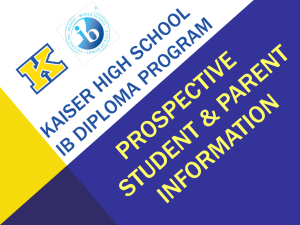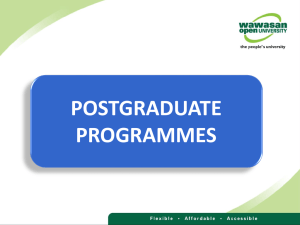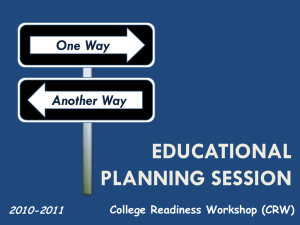20 Credits
advertisement
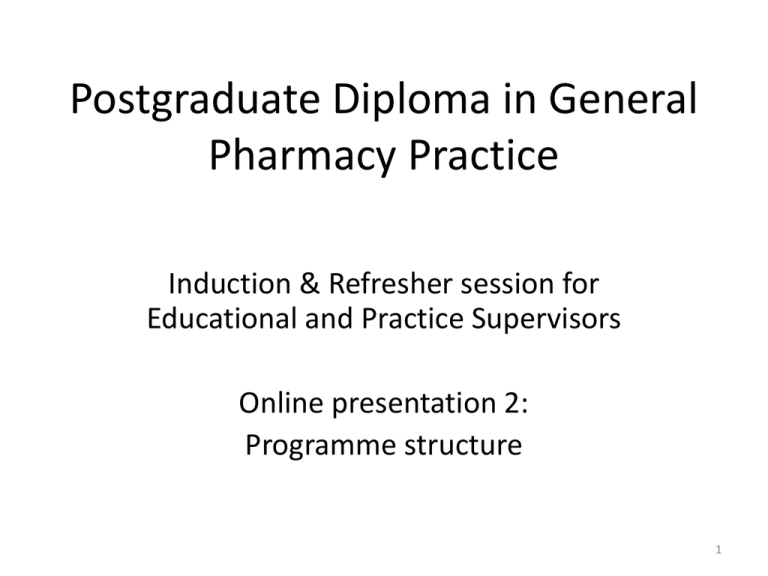
Postgraduate Diploma in General Pharmacy Practice Induction & Refresher session for Educational and Practice Supervisors Online presentation 2: Programme structure 1 In this presentation we will cover •The structure of PGDipGPP •Module themes •An introduction to work-based learning •Learning sets and masterclasses 2 3 year programme (normally) A work-based training programme – delivered by an accredited (by JPB) Training Centre. Programme curriculum based on typical “general” experiences – MI, technical, patient and clinical services. Work-based assessment process which is competency driven & linked to the GLF Learning supported by: Managed learning environment – Moodle Allocated educational supervisor + range of practice supervisors Themed monthly learning sets (subject specific + portfolio support) Students “graduate” with a: Statement of completion of general pharmacist training (CCGPT) PG Diploma in General Pharmacy Practice 3 Module 1 (M1) (60 Credits) Foundations of General Practice Technical/MI/Pt Services/Clinical 12 months Assessment 1 Assessment 2 18 months Summed credits (60) = PG Cert GPP Module I (20 Credits) 6 months Module 2 II (20 Credits) 6 months Module III (20 Credits) 6 months Assessment 3 Assessment 4 Assessment 5 Summed credits (120) = PG Dip GPP 4 Module 1: Foundations of General Practice Module 1 (M1) (60 Credits) Foundations of General Practice Technical/MI/Pt Services/Clinical 18 months Assessment 1 Assessment 2 Summed credits (60) = PG Cert GPP 5 Module Themes Medicines management Consultation skills Clinical Governance Developing clinical pharmacy knowledge and skills Management and monitoring of patients Evidence-based approach to management Apply pharmacokinetic and pharmacodynamic principles 6 Diploma structure continued… ‘Core’ experience arranged in curriculum guides with learning outcomes (LOs) – a bit like competencies Training centres ensure that rotations/ward experience/on call provide the experience to meet most of them Practitioners are in control and ‘tick themselves off’ Assessment/exams act to double check the practitioner have met these learning outcomes One way to look at it: Diploma ‘syllabus’ = LOs. ‘Curriculum’ = rotations/wards and so on 7 Module 1 = PG Cert GPP Defined Area of Practice I (20 Credits) 6 months Defined Area of Practice II (20 Credits) 6 months Defined Area of Practice III (20 Credits) 6 months Module 2 (20 credits) Module 3 (20 credits) Module 4 (20 credits) Summed credits (120) = PG Dip GPP 8 Rotations Ideally rotations in MI, Technical services, Patient Services with ongoing clinical commitment Some Trusts cannot guarantee rotations through all sections in 18 months e.g. no MI or no Tech services Technical Pharmacy CG has information on how to meet LOs outwith Tech Services e.g. in patient services, on wards Some MI learning outcomes can be met using enquiries received on the ward or on call but may need to complete UKMi tutorials in own time 9 Learning sets and Master classes 4 Learning Sets and 4 Master classes in M1 One facilitator per group Discuss key issues/ concepts relating to practice Manage learning experience & portfolio work Examples include: consultation skills, pharmacokinetic applications, pharmacy law and ethics, pharmacy policy & practice 10 Summary • We have covered the basic structure of the Postgraduate Diploma in General Pharmacy Practice • Please see if there are other online presentations that will help you and remember to refer back to the ‘Diploma Supervisor induction’ document 11

